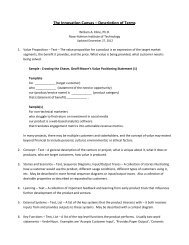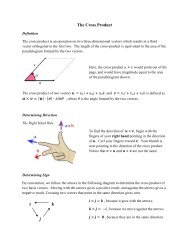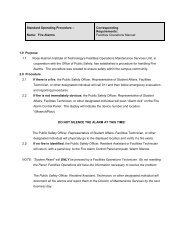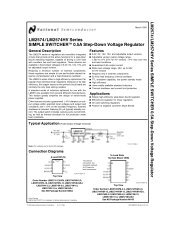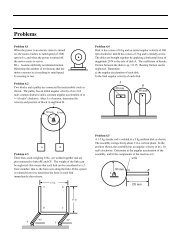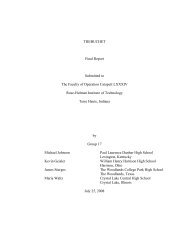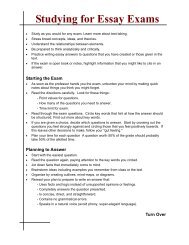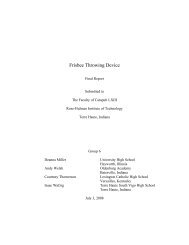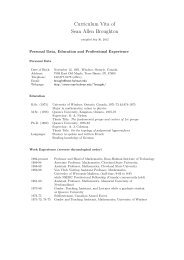21 Photosynthesis (Carbon Assimilation) The light ... - Rose-Hulman
21 Photosynthesis (Carbon Assimilation) The light ... - Rose-Hulman
21 Photosynthesis (Carbon Assimilation) The light ... - Rose-Hulman
Create successful ePaper yourself
Turn your PDF publications into a flip-book with our unique Google optimized e-Paper software.
significantly, the reduced affinity for carbon dioxide means that the oxygenase<br />
activity occurs more frequently at high temperatures.<br />
In C4 plants, the mesophyll cell fixes carbon dioxide temporarily by converting the<br />
three-carbon phosphoenolpyruvate to four-carbon oxaloacetate (C4 = four-carbon).<br />
This carbon is then transported to the bundle-sheath cell further inside the plant,<br />
where carbon dioxide is released.<br />
Because carbon dioxide concentration inside the bundle-sheath cell is higher, and<br />
because oxygen concentration is lower than in the mesophyll cell, the rubisco<br />
performs far fewer oxygenase reactions and more carboxylase reactions. This<br />
becomes important at high temperatures.<br />
<br />
<br />
<br />
<br />
<br />
<br />
<br />
<br />
<br />
<br />
<br />
<br />
<br />
<br />
<br />
<br />
<br />
<br />
<br />
<br />
<br />
<br />
<br />
<br />
<br />
<br />
<br />
<br />
<br />
If the rubisco performs only carboxylase activity C4 plants require more energy per<br />
carbon fixed. However, if the C3 plant oxygenase/carboxylase ratio is high (e.g., at<br />
high temperatures), the energy saved by not performing the oxygenase pathway in<br />
C4 plants means that C4 plants may grow faster than C3 plants.<br />
Copyright © 2010-2011 by Mark Brandt, Ph.D.<br />
34





